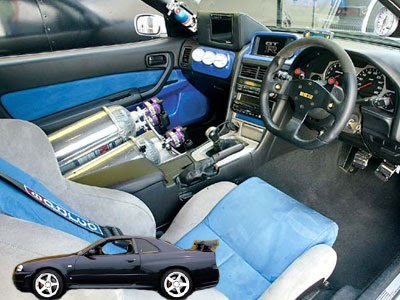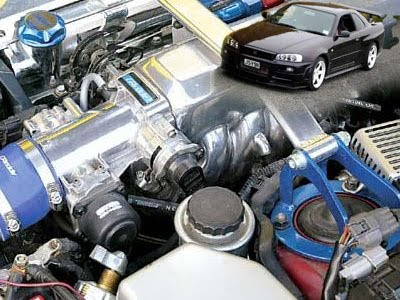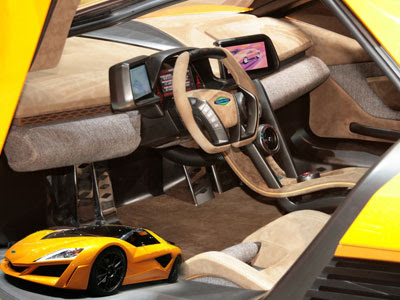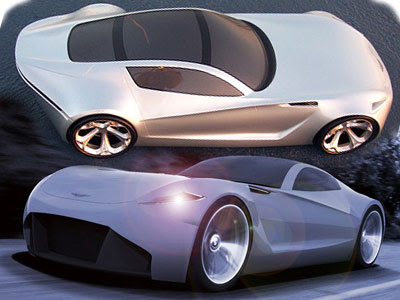The 2009 Nissan GT-R, the first Skyline GT-R model to be released in the United States, offers performance unlike any Nissan sports car in the history of the Japanese automaker. The "Skyline" moniker has officially been dropped, but the 2009 GT-R, which was delivered to its first US customers in July 2008,represents a new era for the Skyline GT-R, the most storied sports car in Japanese automotive history.
The Nissan Skyline R34 GTR came to life, the latest model, and the best GTR yet. Styling is superb with an all-new much more aggressive shape; it looks like a car to be reckoned with.The R34 GTR looks and feels like it got the best from both of the R32 and R33 models in one package.Concerning the design,it is to consider that the R34 GT-R is a pumped-up version of a family sedan, not a fashionable piece of automotive-design-art like ItalianClick for a larger R34 Nissan Skyline GTR picture supercars. On a GT-R, every scoop and bulge has its function intended to form a piece of technical art and to in crease its efficiency as a street rocket. ..................Skyline R34 GTR Nissan Super Sports Car
..................Skyline R34 GTR Nissan Super Sports Car
 ..................Skyline R34 GTR Nissan Super Sports Car
..................Skyline R34 GTR Nissan Super Sports CarThe interior of Nissan Skyline R34 GTR is simple, sporty, and luxurious, with plenty of head and leg room for taller drivers. Seats are comfy for long trips yet still hold you in when cornering hard. Center gauges have been replaced with a LCD screen. This shows loads of information like, throttle position, boost pressure, torque split, a built in G-meter, and it has a com-port so you can download your trips data onto a laptop.
This car is a technology showcase trying to make head-turning technology and performance available for everyday-use. And with all its gadgets, it offers a very involving driving experience, but at the same time fulfills the requirements of a daily commuter. The Skyline GT-R shines as a good compromisebetween a pure sports car and a sedan, almost as radical and edgy as the former and almost as useful as the latter. ..................Skyline R34 GTR Nissan Super Sports Car
..................Skyline R34 GTR Nissan Super Sports Car
 ..................Skyline R34 GTR Nissan Super Sports Car
..................Skyline R34 GTR Nissan Super Sports CarAnd it makes this compromise asconvincing as hardly any other car does.These refinements make driving the GTR a pleasure with every aspect improved. Steering is responsive and grip is phenomenal making Nissan Skyline R34 GTR a true cornering machine. Ride quality is on the firm side but harsh bumps are absorbed well, but this is asports car after all.
The RB26DETT engine still remains but again improvements where made and because of this the engine has become smoother and quieter. The torque curve hasimproved and remains flatter throughout the rev range, 400nm is achieved at 4,400rpm this has made the engine more flexible. ..................Skyline R34 GTR Nissan Super Sports Car
..................Skyline R34 GTR Nissan Super Sports Car
 ..................Skyline R34 GTR Nissan Super Sports Car
..................Skyline R34 GTR Nissan Super Sports CarTurbo chargers where also revised featuring a dual ball bearing core which reduced lag and improved the power band. The gearbox was replaced by a 6-speedgetrag which features, shorter ratios, and a shorter throws. Acceleration times have improved, 0-100 is achieved in 4.9
seconds and the 400m sprint in completed in 12.9.






















